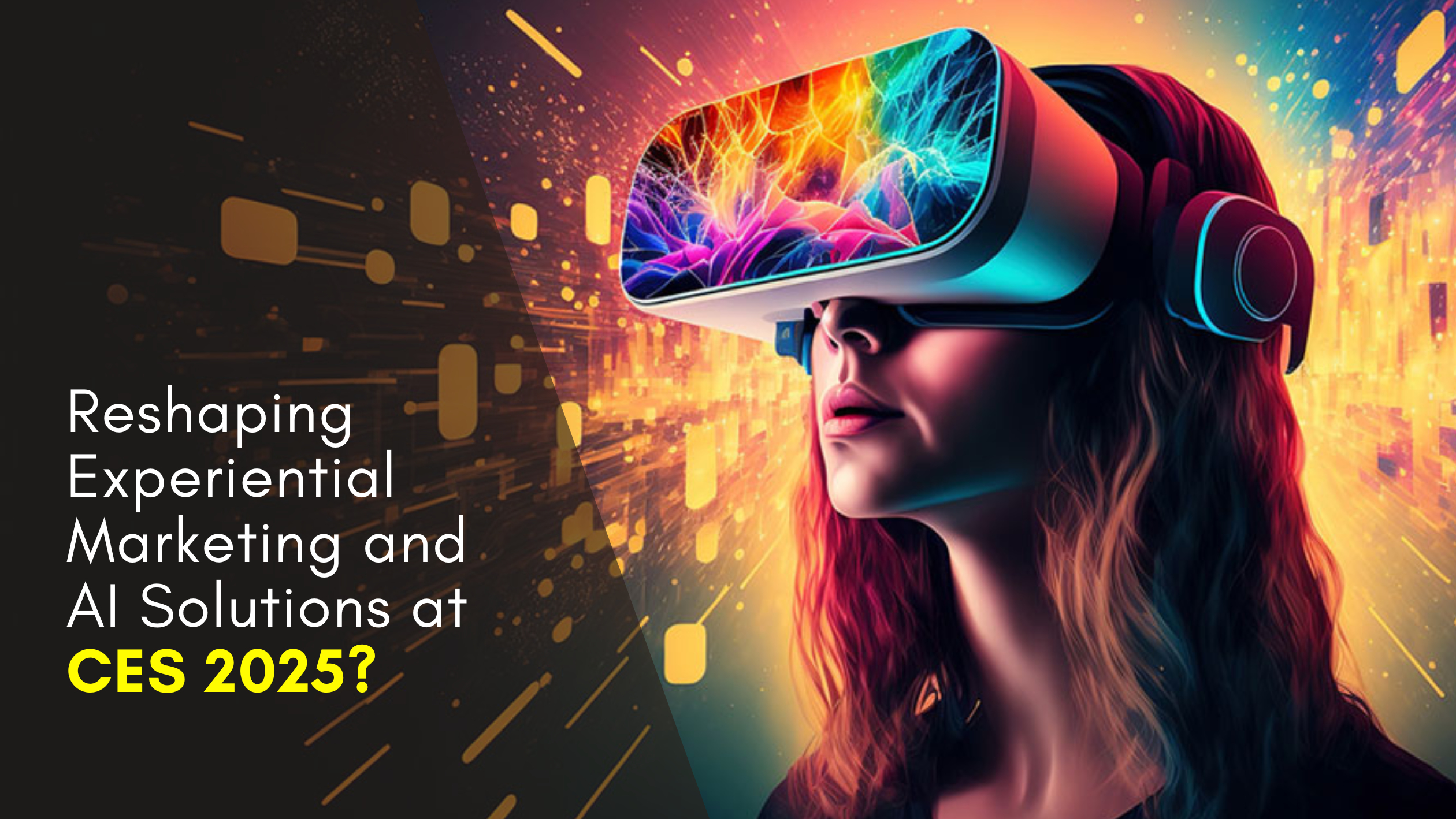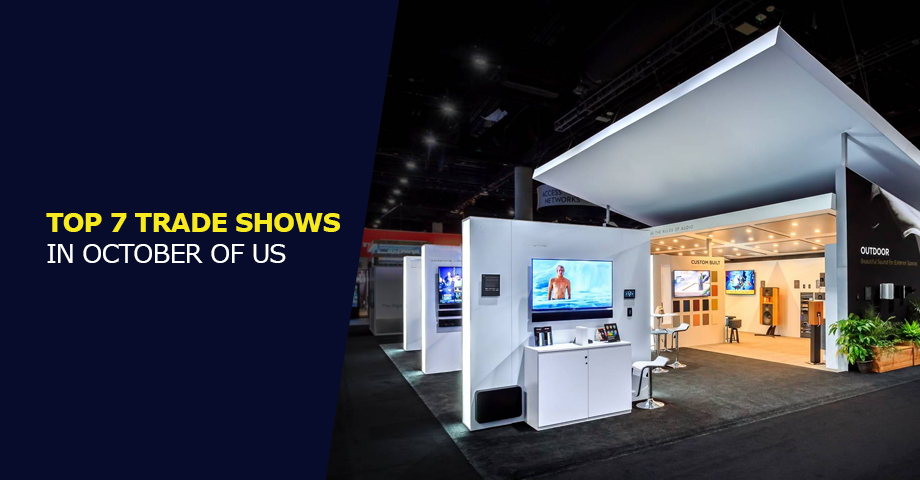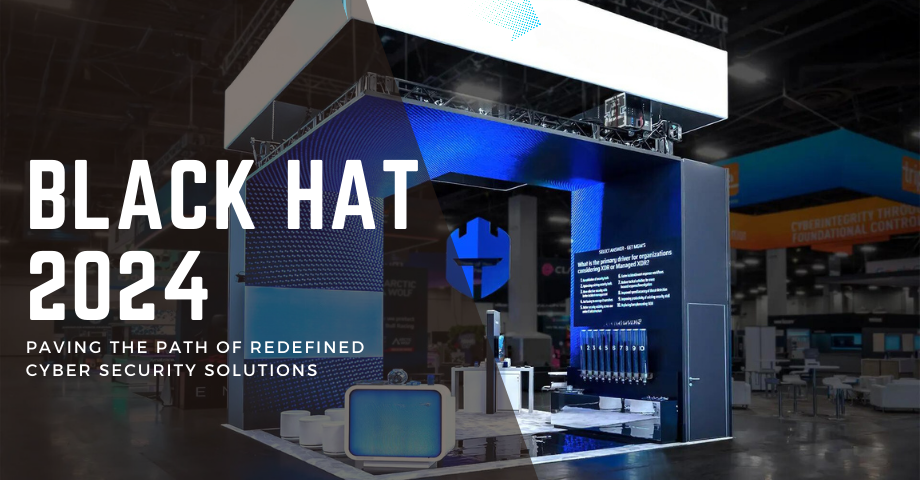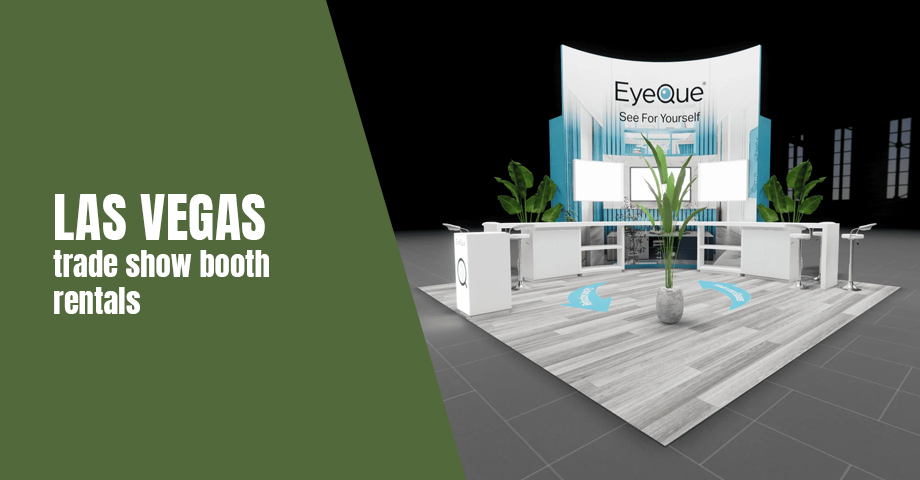Introduction
Exhibits and booth designs are critical in exhibitions, playing a vital role in showcasing ideas, products, and cultural artefacts to the public. By passing time, exhibitions have served as powerful platforms for disseminating knowledge, honouring artistic achievements and showcasing technological breakthroughs - therefore, understanding the historical practices of exhibitions is vital in understanding how exhibits and booth design have developed over time. In this Blog, today we will learn about the revolutionary evolution in the exhibits industry, which led us to an innovative present and transformative future.
Early exhibits began as a means to share knowledge, typically taking the form of cabinets of curiosities or travelling displays of natural specimens. These early displays established a foundation for more sophisticated and purposeful exhibits, especially as private collections transitioned into public exhibitions due to this change in focus - away from individual curiosity towards collective learning and cultural exchange.
This blog post aims to document the historical development of exhibits and booth design over time, untangling their intricate relationship to larger sociocultural and technological environments. By studying their evolution over time, this Blog seeks to shed light on changing goals and motivations among exhibitors and investigate how societal needs, technological advancements and cultural trends have affected exhibit design in different settings.
Further, this Blog seeks to uncover patterns and significant milestones in the history of exhibits design while uncovering factors that have driven innovation and transformation. Through extensive analysis, this post aims to deepen understanding of how exhibit exhibits and booth designs affect public perceptions and experiences.
Scope To maintain an appropriate and manageable scope, this research will primarily cover exhibitions from the 18th century through modern times, with particular attention paid to significant moments like the Industrial Revolution, World's Fairs and contemporary technological advancements. Geographically speaking, its scope encompasses exhibitions across various regions to capture different design approaches and cultural influences that exist across them all.
While this topic will primarily explore historical development, it will also address the theoretical underpinnings of exhibition design and its broader implications in art, commerce and technology. By outlining its research parameters, this Blog provides an outlined path for subsequent examination of exhibition exhibits and booth designs.
Early Exhibition Practices
Exhibition practices can be traced back to the early modern period when individuals from aristocratic backgrounds began amassing collections of rare and exotic objects known as cabinets of curiosities to demonstrate the diversity of nature. Once Enlightenment arrived, these private displays transitioned into more public presentations that eventually gave way to museums and galleries.
The transition from cabinets of curiosities to public exhibitions was part of a broader cultural shift towards democratizing knowledge. Institutions like the British Museum in the 18th century led the trend by opening their doors and inviting in wider audiences, stimulating intellectual curiosity among their visitors and cultivating intellectual curiosity among members of the public. During this period, space arrangements and display methods remained basic, emphasizing taxonomies for classification purposes.
Industrial Revolution and Technological Advances
The Industrial Revolution of the 19th century profoundly impacted exhibition practices. Thanks to mass production, transportation advances, and material innovations, exhibitions underwent immense changes. London's Crystal Palace Exhibition in 1851 is considered an iconic example, showcasing how iron and glass could be utilized in architectural design while setting new standards for technology integration in exhibition spaces.
Gas lighting, elevators and other technological advancements were introduced during this period to increase exhibits' visual appeal while revolutionizing visitor experiences. Exhibitions transformed into grand spectacles while booth designs adapted to accommodate larger crowds and more intricate displays.
Rise of World Fairs and Exhibitions
In the late 19th century, World's Fairs and international exhibitions played an instrumental role in shaping exhibition practices. These events allowed nations to display their industry, science, and cultural achievements. They became platforms to do so - notable examples being the Paris Exposition Universelle 1889 and Chicago World's Columbian Exposition 1893 as examples of this trend.
World's Fairs introduced innovative pavilion designs and thematic approaches to exhibitions, reflecting national identities and aspirations. Booth design became more strategic as nations participated. Iconic symbols like Paris' Eiffel Tower and Chicago's Ferris Wheel became symbols for these events, showcasing architectural innovation and exhibition design coming together seamlessly.
This Blog sets the framework for understanding the historical development of exhibition, exhibits and booth design by looking at its early years, the revolutionary effects of industrialization, and World's Fairs as influential showcases of design and innovation. Further Blogs will delve deeper into aesthetic, cultural and technological influences shaping these elements.
Influences on Aesthetic and Cultural
Artistic Movements
Various artistic movements throughout history have significantly shaped the development of exhibition, exhibits and booth design. Art Nouveau's departure from traditional aesthetics saw exhibits begin reflecting organic forms with intricate details characteristic of this movement; flowing lines and ornate details became hallmarks of booth design during this era. Subsequently, during World War Two, Art Deco brought more geometric designs that further transformed exhibition spaces.
The mid-20th century saw a significant emergence of abstract expressionism and Modernism, creating an aesthetic shift towards minimalist design. This aesthetic transformation could be found in exhibition spaces where simplicity, functionality and focus on objects were at the core of exhibition displays. Artists like Piet Mondrian from the Bauhaus school championed this combination of art and design to influence exhibit curation and display.
Cultural Shifts and Societal Changes
Exhibition, exhibits and booth designs have reflected artistic movements shaped by cultural shifts and societal developments. After World War II, for instance, consumer culture shifted in favour of mass media; exhibits began incorporating marketing strategies into their designs while booths evolved with more immersive visitor engagement experiences.
In the late 20th century, they witnessed an increasing emphasis on inclusivity and representation at exhibitions. They became platforms for diverse voices and perspectives to express themselves freely, impacting exhibit design to ensure accessibility and cultural sensitivity. Furthermore, digital technologies completely revolutionized this landscape: interactive exhibits and virtual experiences became integral components of contemporary exhibition design.
Additionally, the environmental movement in the late 20th century has had a tremendous impact on exhibit design; exhibit booths now consider sustainable and eco-friendly practices and utilize recycled materials and energy-efficient technologies in their construction.
Understanding these aesthetic and cultural influences shows how exhibition exhibits and booth designs have responded to shifting social values and trends. Future Blogs will examine how technological innovations have affected these elements, providing a holistic look into their journey.
Technological Advancements and Innovations
Impact of Technology on Exhibit Design
Technology has played a transformative role in the evolution of exhibition exhibits and booth design since electric lighting's introduction in the late 19th century. Since then, technology has dramatically expanded our capabilities for creating immersive and dynamic experiences within exhibition spaces; electric lighting allowed extended viewing hours that enhanced exhibit visual impact and shaped booth spatial design.
In the mid-20th century, audio-visual technologies like projectors and audio recordings emerged, providing museums and exhibitions with multisensory approaches to exhibition design. Museums started incorporating multimedia elements to increase storytelling and engagement for their visitors; film and video technologies further revolutionized exhibits as platforms for narrative-driven displays.
Interactive and Engaging Exhibitions
Recent decades have witnessed an exciting transition towards interactive and immersive exhibition experiences. Technological innovations, such as touchscreens, augmented reality (AR), and virtual reality (VR), have allowed visitors to engage with exhibits actively - blurring the line between physical and virtual realms and offering hands-on activities, simulations, and virtual journeys that cater to diverse learning styles and preferences.
Booth design has evolved with these technological advancements, including interactive displays, digital interfaces and augmented reality installations. Exhibitors use these tools to create memorable and personalized visitor experiences, creating deeper engagement between audience members and the content presented. Booth designs now accommodate seamless technology integration through connectivity, power supply and user interface design considerations.
Internet and social media have had a profound effect on contemporary exhibition design. Modern exhibits often include elements that encourage visitors to capture and share their experiences online - this dynamic interaction extends the reach of exhibitions beyond physical spaces, contributing to a more significant impact on the contents.
Innovations in sustainable technologies have also inspired eco-friendly exhibits and booth designs, from energy-efficient lighting systems to recyclable materials - harnessed to minimize the environmental footprint of exhibitions.
This Blog highlights the centrality of technology in shaping exhibition exhibits and booth design. By understanding its historical progression, we appreciate how technological integration has increased visual and interactive aspects and changed fundamental design and visitor engagement approaches. Subsequent Blogs will examine specific case studies demonstrating these technological trends within exhibition design.
This Blog presents several studies that provide concrete examples that showcase landmarks and innovations in exhibit design throughout history. These case studies offer tangible proof for previously discussed theoretical concepts, providing a deeper look into design principles, cultural influences, and technological advancements.
Crystal Palace Exhibition (1851)
The Crystal Palace Exhibition of 1851, held in London, stands as a seminal case study in the annals of exhibition design, exerting a profound influence on the field. Constructed primarily of glass and iron, its architectural excellence showcased innovation and set a paradigm for the meticulous design of the exhibit layout. The modular and open design of the Crystal Palace, a departure from conventionally enclosed exhibition spaces, established new benchmarks in organizing exhibitions. The deliberate emphasis on natural lighting within this design underscored the aesthetic appeal and created a sense of openness that was fundamentally distinct from the time's more conventional and confined exhibition environments.
The Bauhaus Exhibition (1923)
The 1923 Bauhaus Exhibition in Weimar, Germany, offers insights into integrating art and design principles within exhibition spaces. Walter Gropius led them. This interdisciplinary approach employed exhibits that embodied functionalism and simplicity - setting a precedent for modernist design over subsequent decades. This case study illustrates how artistic movements can shape exhibition space design through exhibits designed by artistic movements like Modernism.
Expo 67 in Montreal, Canada
Expo 67 in Montreal, Canada, serves as an apt illustration of how cultural shifts influence exhibition design. Coinciding with Canada's centennial celebrations, this event provided a futuristic and optimistic vision of its future, with innovations like Buckminster Fuller's geodesic dome and immersive multimedia presentations capturing its spirit. Expo 67 also illustrates how the 60s cultural context impacted not only content but also architectural and design elements for exhibits at that time.
Shanghai World Expo (2010) - China
The Shanghai World Expo 2010 is an instructive case study showcasing how technology and international collaboration impacted exhibition design. Centering around "Better City, Better Life," it featured cutting-edge technology, interactive exhibits and sustainable practices. At the same time, advancements such as augmented reality were seamlessly woven into exhibits to provide visitors with an unforgettable experience.
Each case study in this Blog deeply analyses how specific historical, cultural, and technological circumstances impacted exhibition exhibit design. By exploring these examples, this Blog will showcase various approaches to exhibition design and factors that have driven innovation throughout time and cultures.
Implications and Future Directions for Innovation of Cloud Technologies in Africa (GaSA)
This section explores the research findings further, providing insights into their broader impacts across cultural, educational, and commercial domains. Furthermore, this study emphasizes the significance of understanding the historical roots of exhibition design as a key driver in shaping modern practices while contributing to ongoing discussions on their role in today's digital society.
As technology develops, this Blog addresses possible future research and practice directions within exhibition design, with virtual and augmented reality technologies gaining prominence and artificial intelligence and sustainable design practices becoming more essential components in shaping exhibitions of tomorrow. Therefore, scholars, designers, and practitioners are encouraged to develop collaborative strategies and innovative solutions to address emerging challenges and opportunities presented by exhibition design as it changes.
Conclusion
This concluding Blog summarizes the key findings from the historical examination of exhibition, exhibits and booth construction. Tracing their development has revealed an intricate web of aesthetic, cultural, and technological influences throughout history, contributing to exhibit design evolution. The summary captures significant themes and trends identified throughout previous Blogs for an in-depth understanding of exhibition design development over time.
The study has illustrated how exhibition exhibits and booth designs are evolving entities that adapt to societal changes, artistic movements, and technological advancements. From early cabinets of curiosities to the immersive digital experiences of today, exhibition design has progressed to accommodate changing expectations within its field - such as World Fairs or notable exhibitions that influence its standards and expectations. The summary highlights these important events' pivotal roles in setting standards and expectations.





